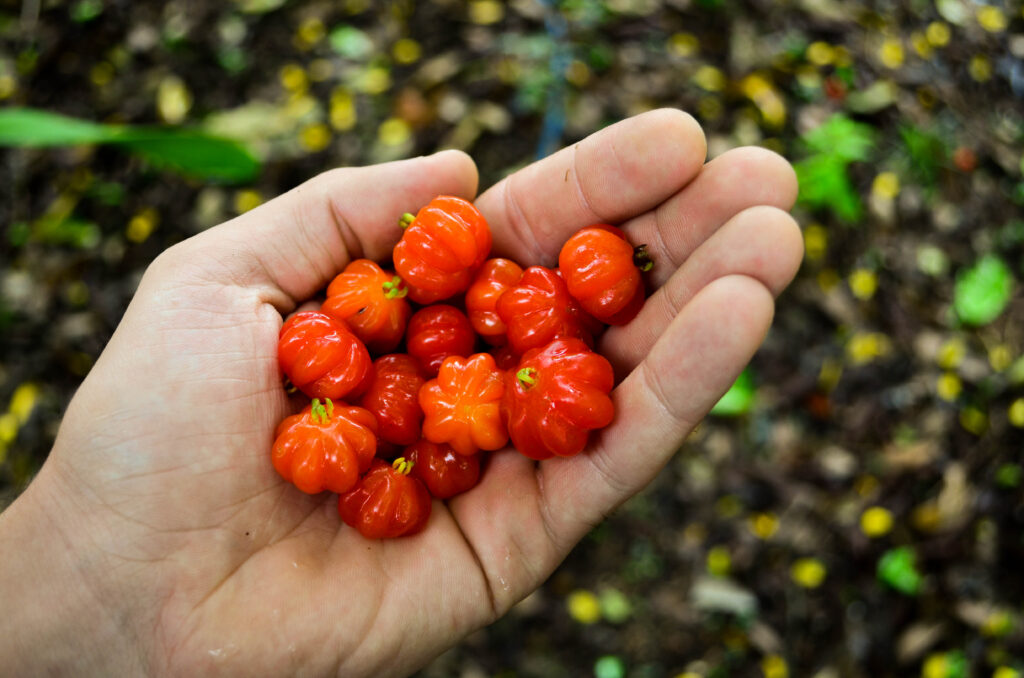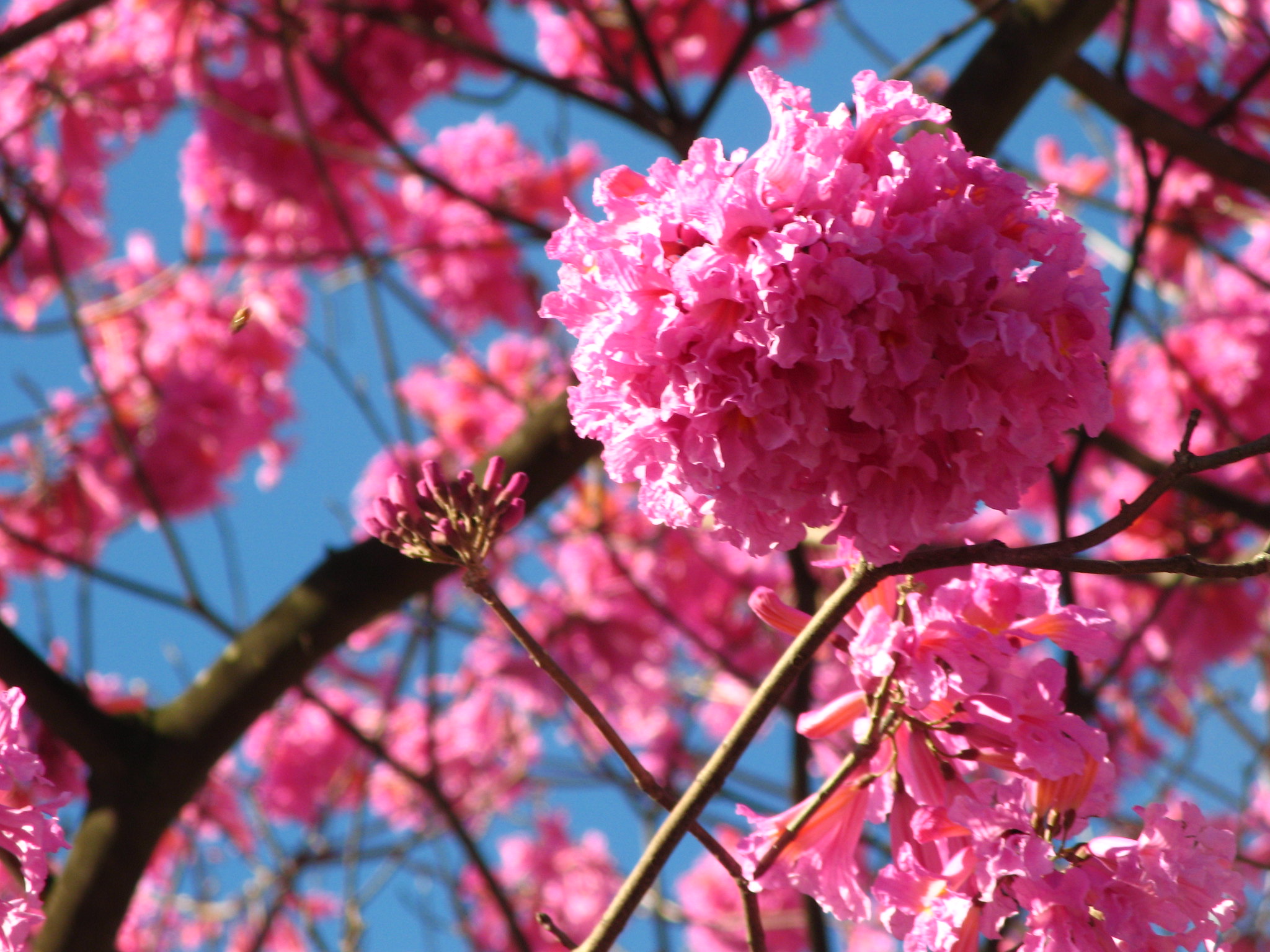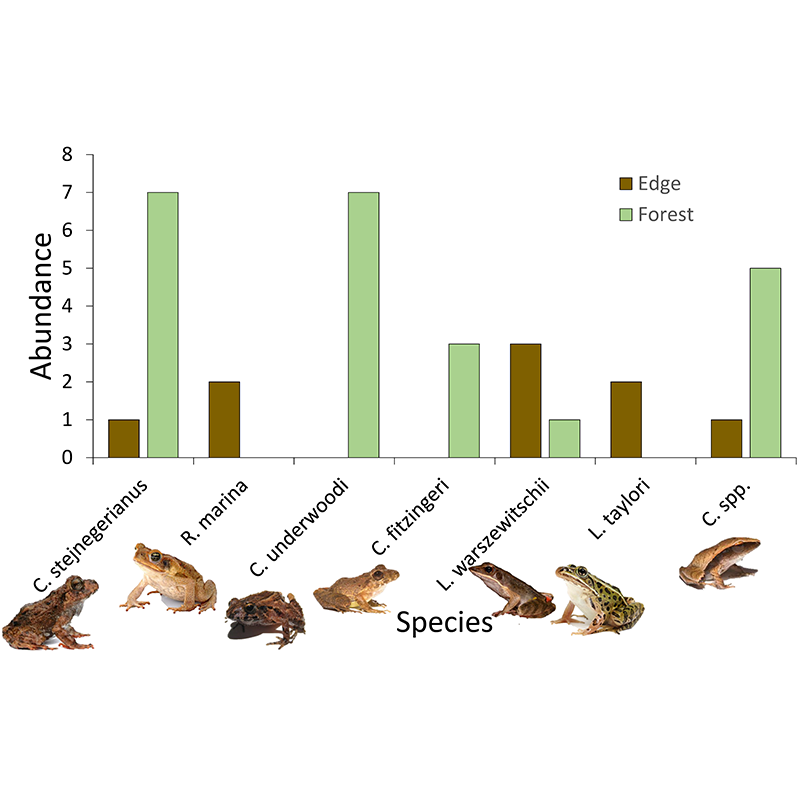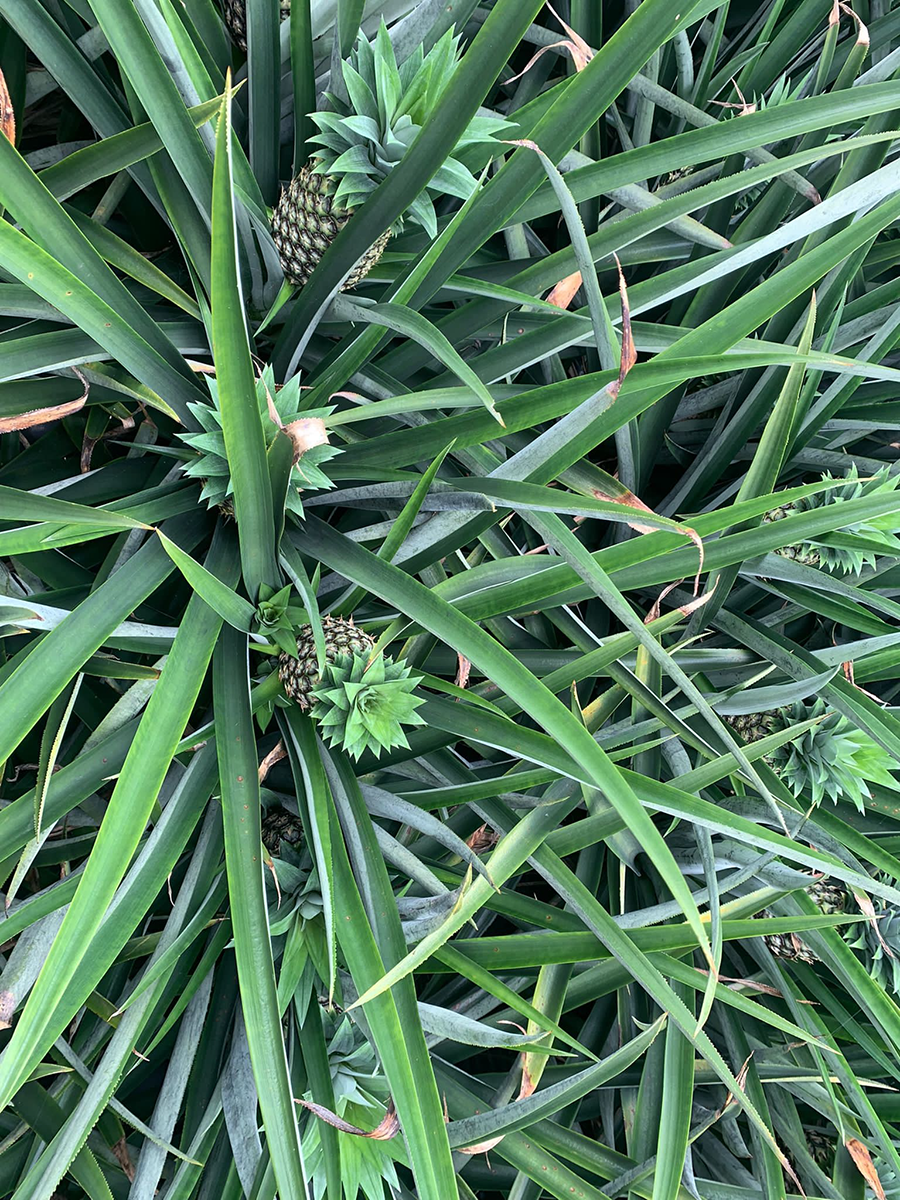Medicinal plants aren’t utilized only for curing illnesses or discomfort but also improving quality of life. Regularly ingesting certain herbal infusions can help strengthen the body against various future aliments or issues. Fun fact: over half of the world’s cancer treatments are derived from plant sources. Medicinal plants function the way they do because they are slightly poisonous, which is why they react to toxins within our bodies.
Here are some of the most interesting plants and what they remedy:
| Plant | Remedy |
|---|---|
| Anemia | Brazilian cherry seeds |
| Fungal infections | Brazilian cherry sap, cotton plant oil |
| Heartburn | Aloe vera |
| Hypertension or high cholesterol | Noni, Papaya |
| Insomnia | Carpenter’s bush (Justicia pectoralis), Mimosa |
| Upset stomach & diarrhea | Bitterwood, Marañón, cinnamon, peppermint, lemon balm, chamomile, Coconut water, and boldo |
| Type II diabetes | Brazilian cherry tree bark, Noni, silver inch plant |
| Cough | Mango |
| Menstrual cramps | Hibiscus |
Carpenter’s bush (Justicia pectoralis)

Carpenter’s bush: Insomnia
Brazilian Cherry Tree

Brazilian Cherry Tree: The Brazilian Cherry Tree is originally from Brazil, but is wild and grows in Costa Rica. It is found throughout the country.
Coconut water
Coconut water: Coconut water actually serves as a remedy for a variety of things including sun exhaustion, over-consumption of alcohol, seasickness, and fatigue and will also be able to experience positive impacts on digestive problems, ulcers, or any liver ailments that existed before.
Jiñocuabo/indio desnudo (Bursera simaruba)

Jiñocuabo: purifies blood, antibacterial
Marañón

Marañón: Antidiarrheal, inflammation of the uterus and ovaries
Guapinol

Guapinol: kidneys, arthritis, asthma
Hibiscus

Hibiscus: eases menstrual cramps
Cortez negro (Tabebuia impetiginosa)


Cortez negro: A tree known as the cortez negro in Costa Rica, was considered a sacred tree by ancient Maya and Incan civilizations. The tree’s bark and tannins (natural substances found within bark that are part of a family of antioxidant substances) are found to have antiseptic and antioxidant qualities as well as tumor-reducing and anti-cancer properties.
Gavilana plant

Gavilana plant: Abundant on the Caribbean side of the country is the Gavilana plant. When leaves of this plant are brewed as a tea it is used to treat infections and intestinal parasites.
Mimosa

Mimosa: A plant equally as abundant as Gavilana is the mimosa. It’s actually nicknamed the “sensitive plant” because when it is touched it usually curls up and is also seen on our Monteverde campus. When the leaves of this plant are brewed as tea they can serve as pain relievers and induce better sleep.
Sources
https://www.costarica.com/blog/costa-ricas-natural-remedies
https://www.axnmls.com/7-natural-remedies-in-costa-rica/
https://www.tannins.org/tannin-what-is-it/
https://howlermag.com/medicinal-plants-of-costa-rica/




